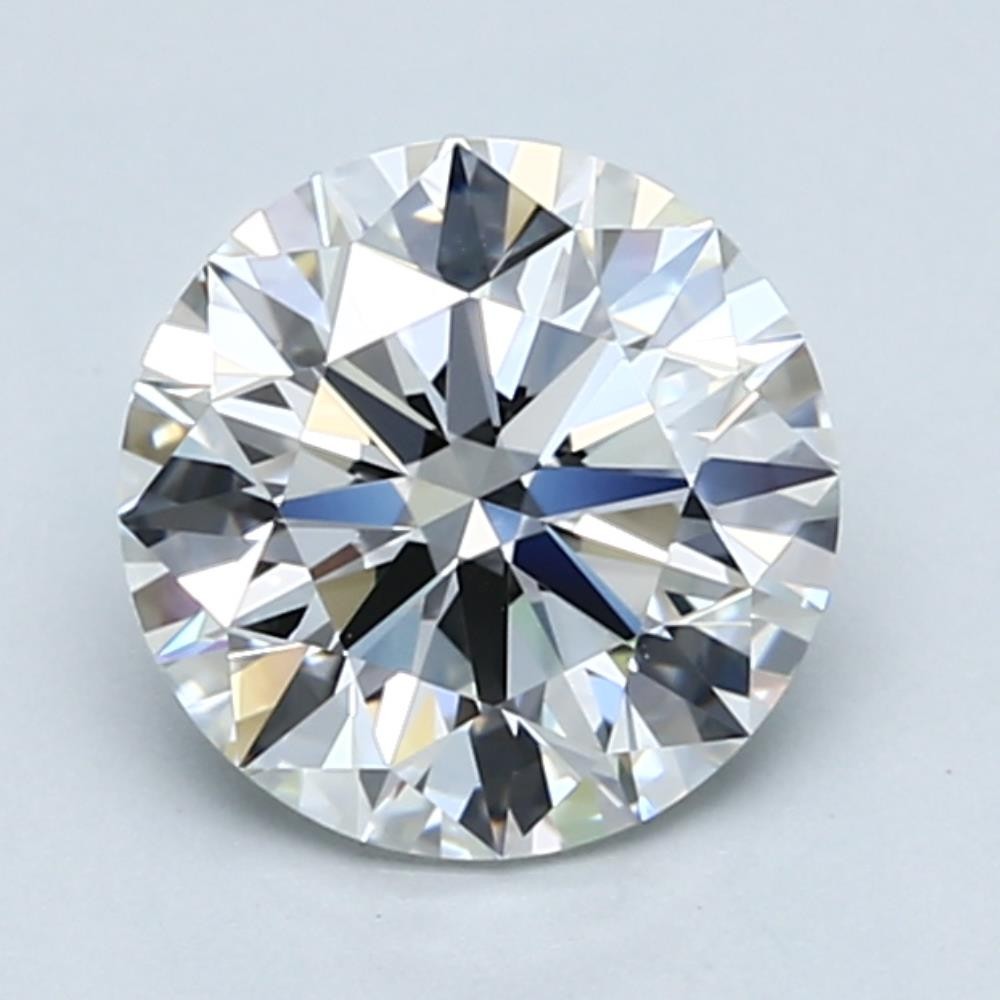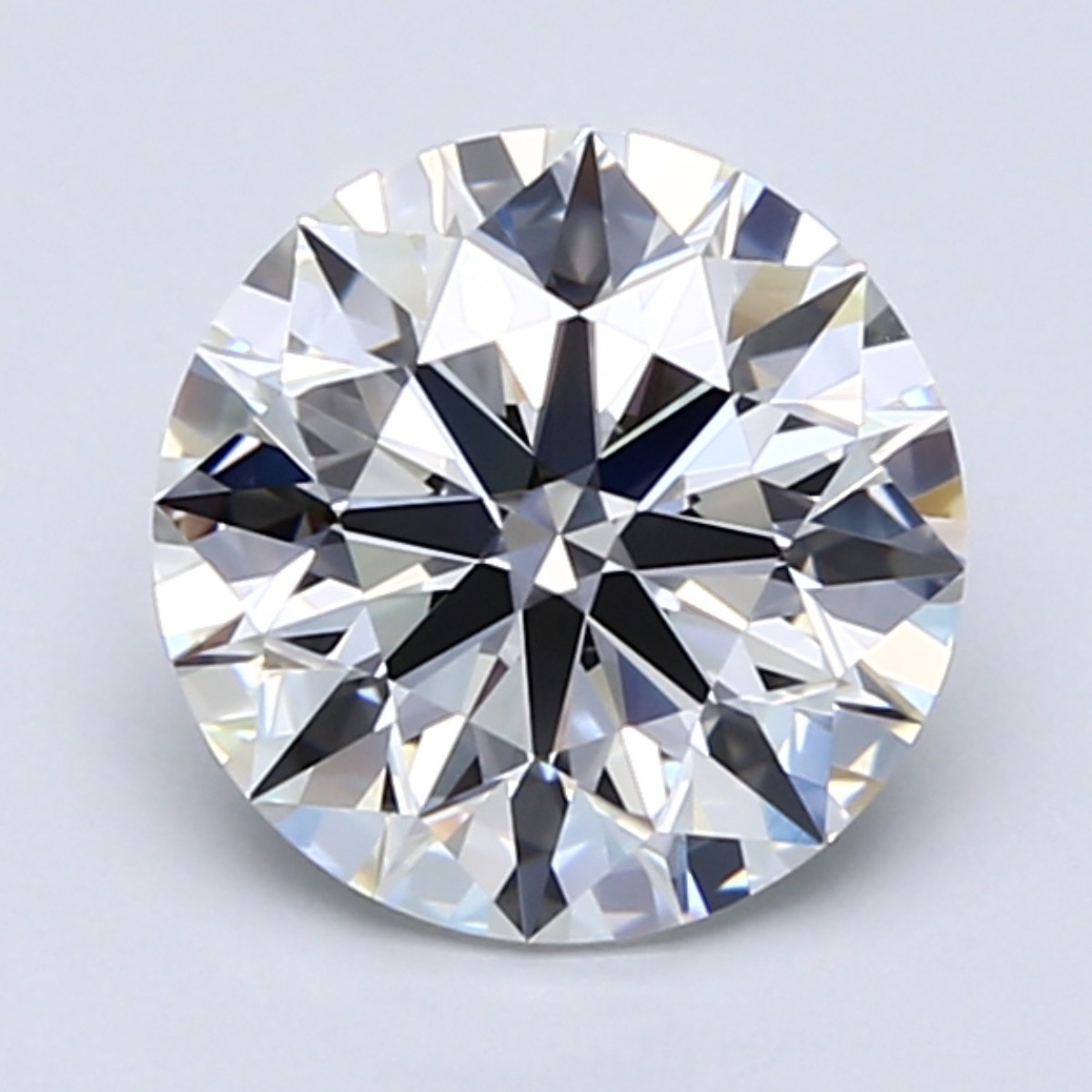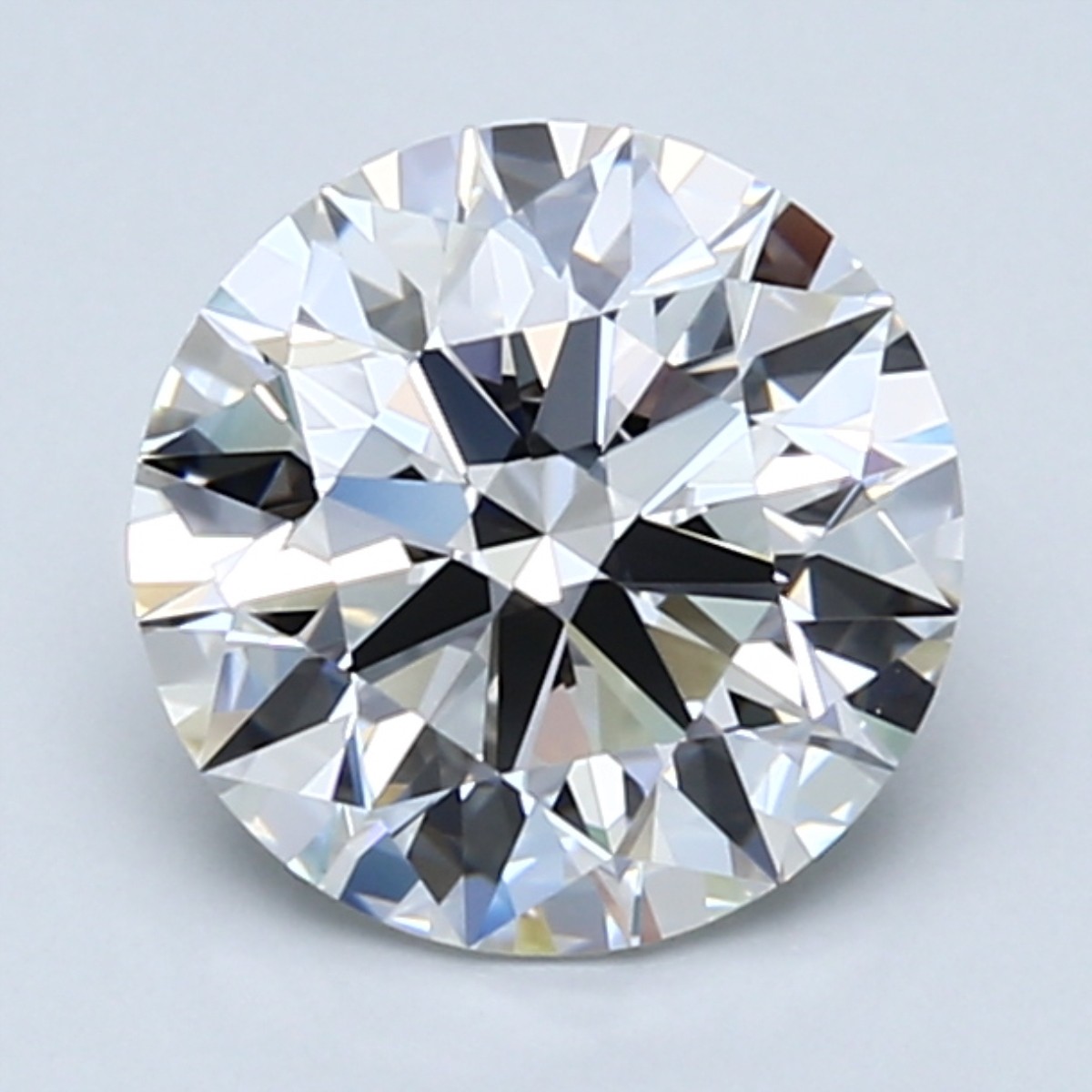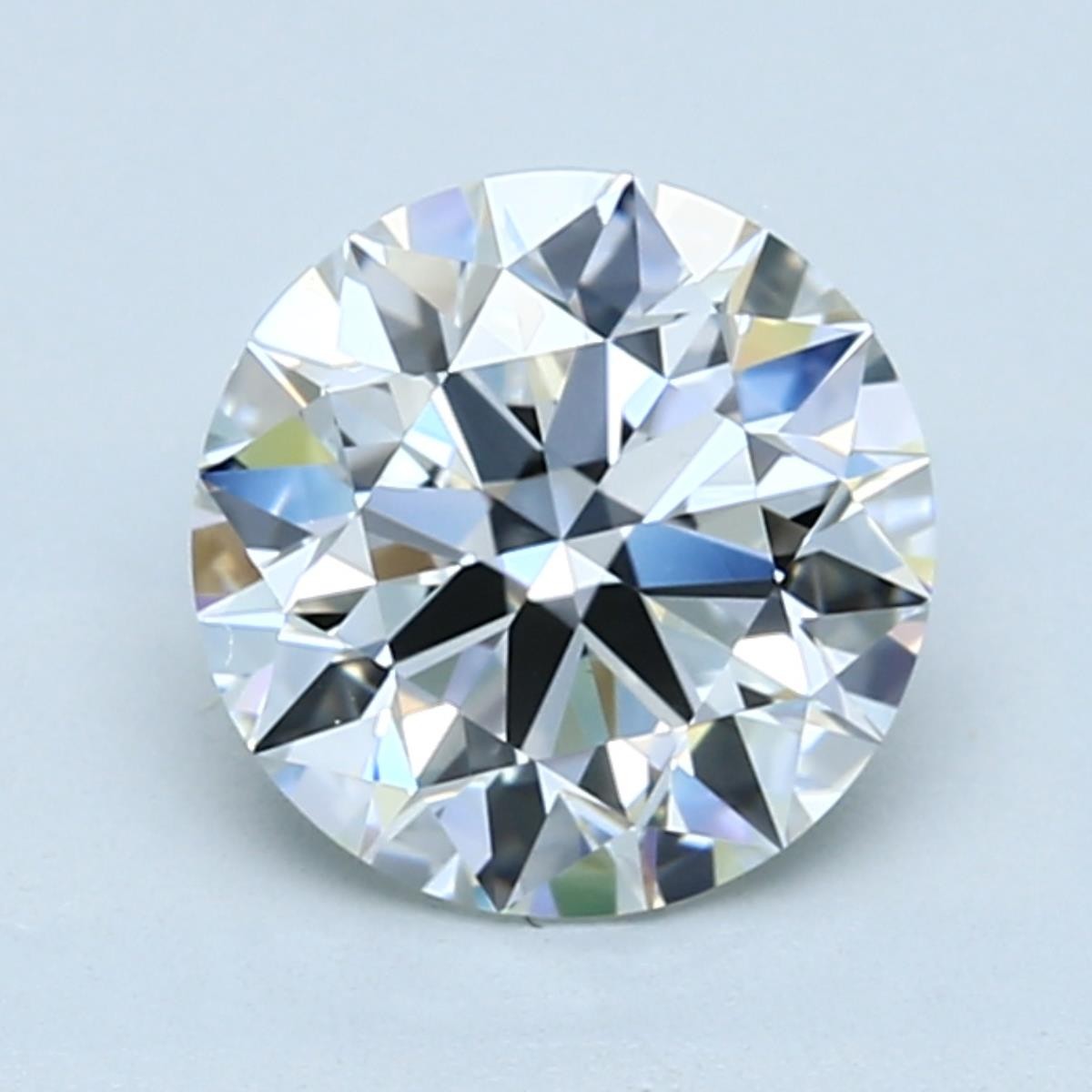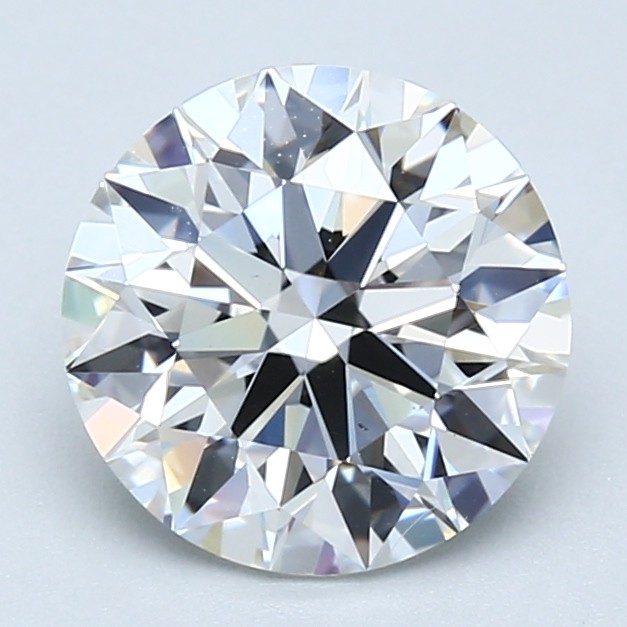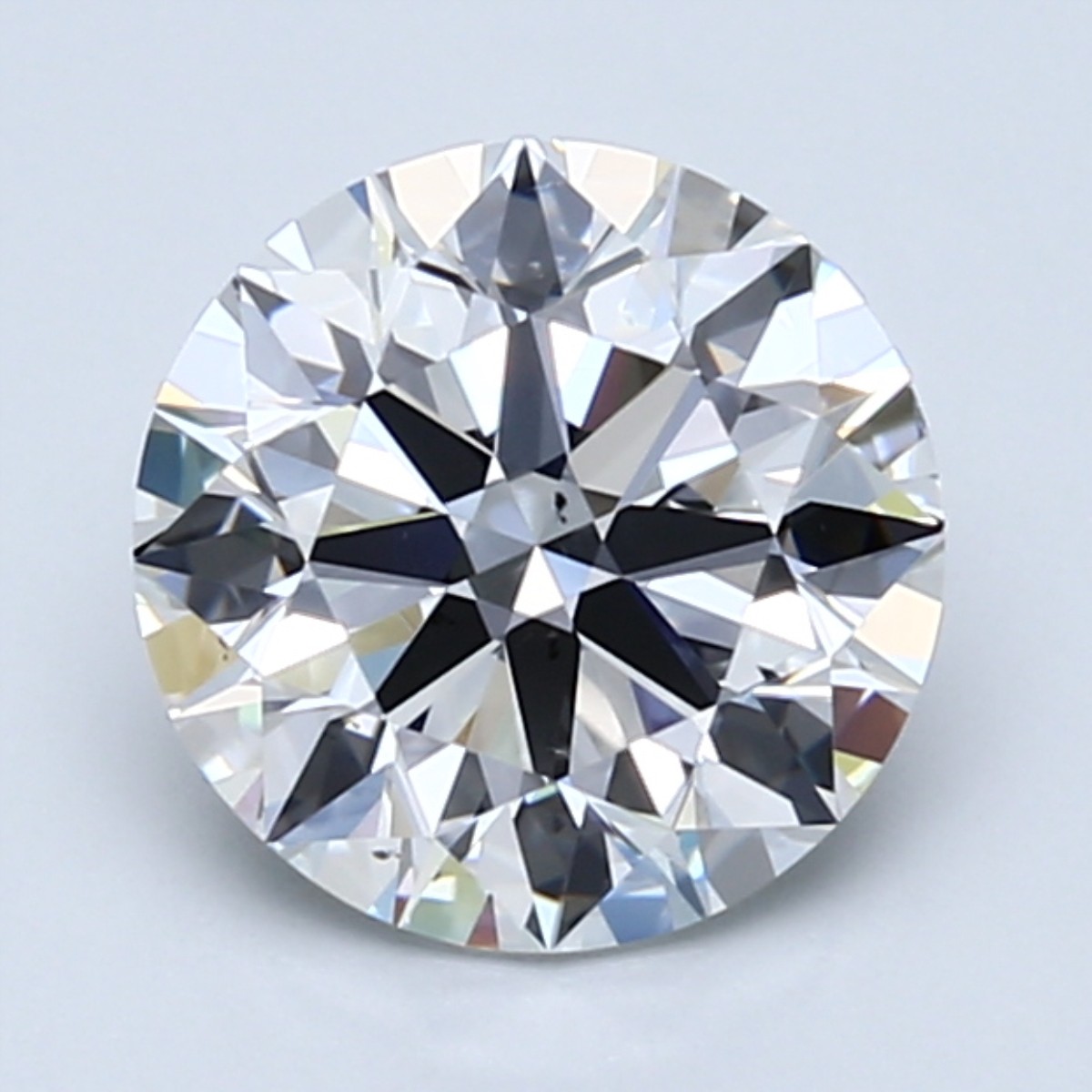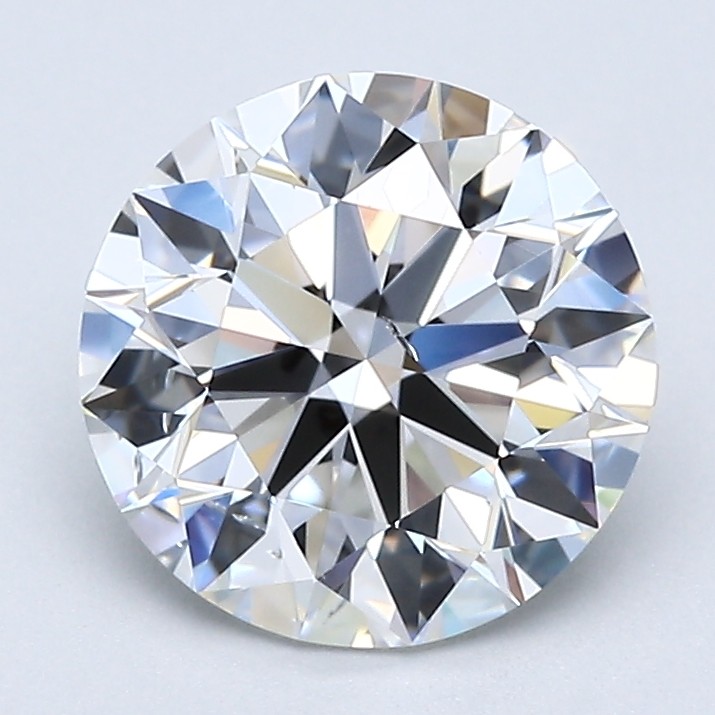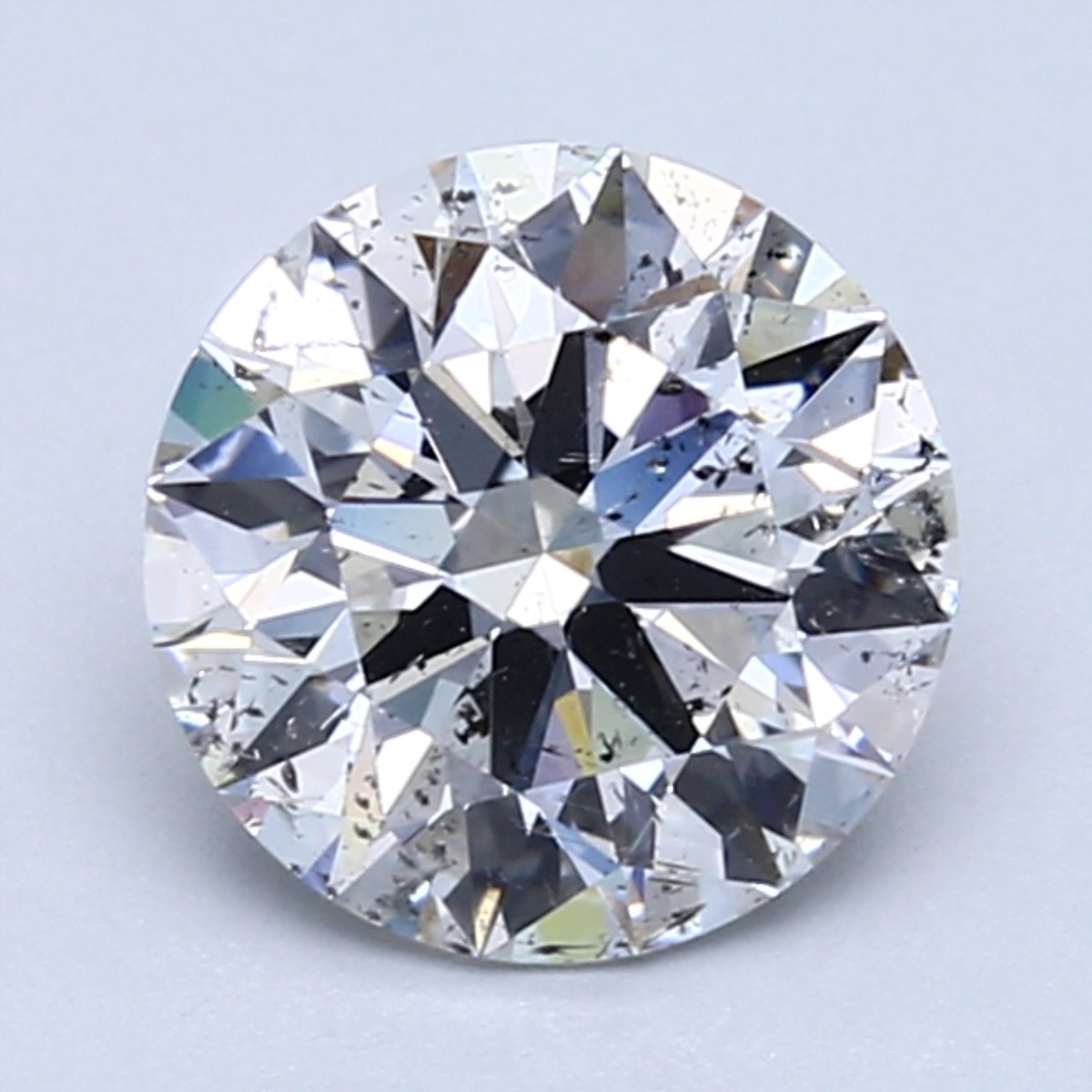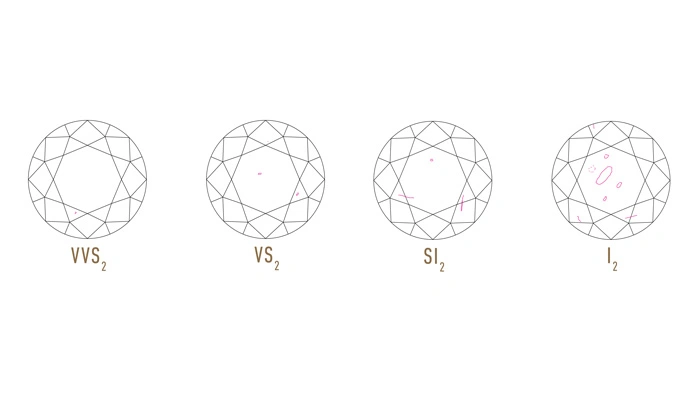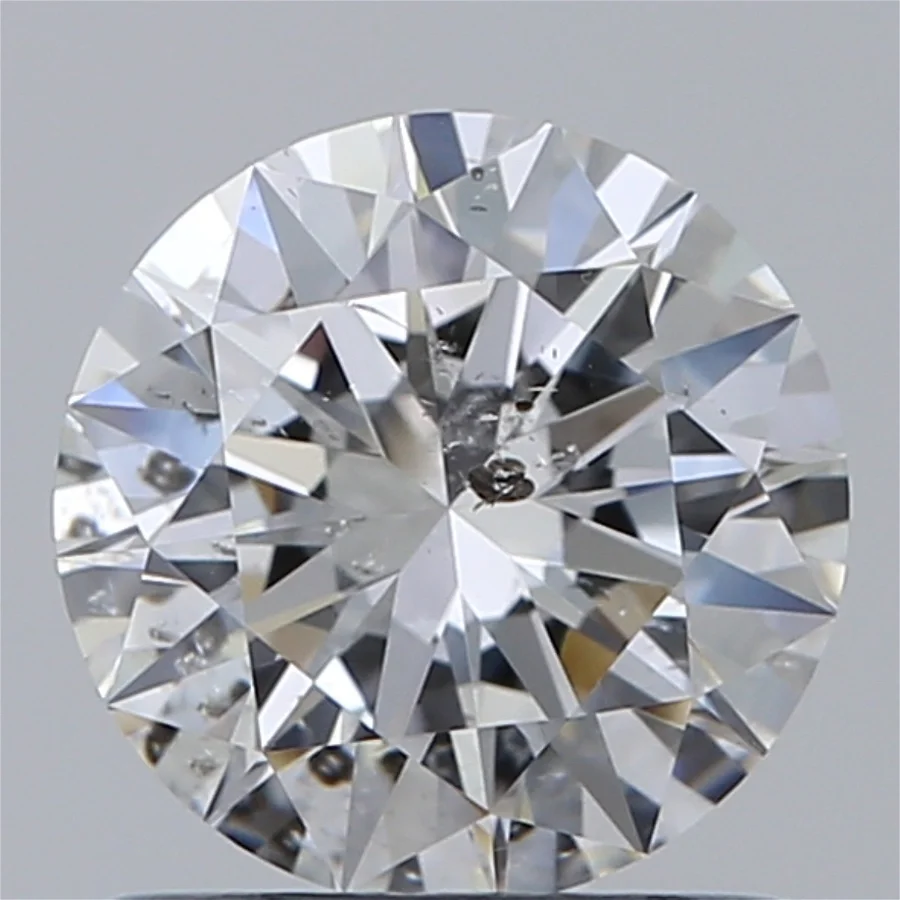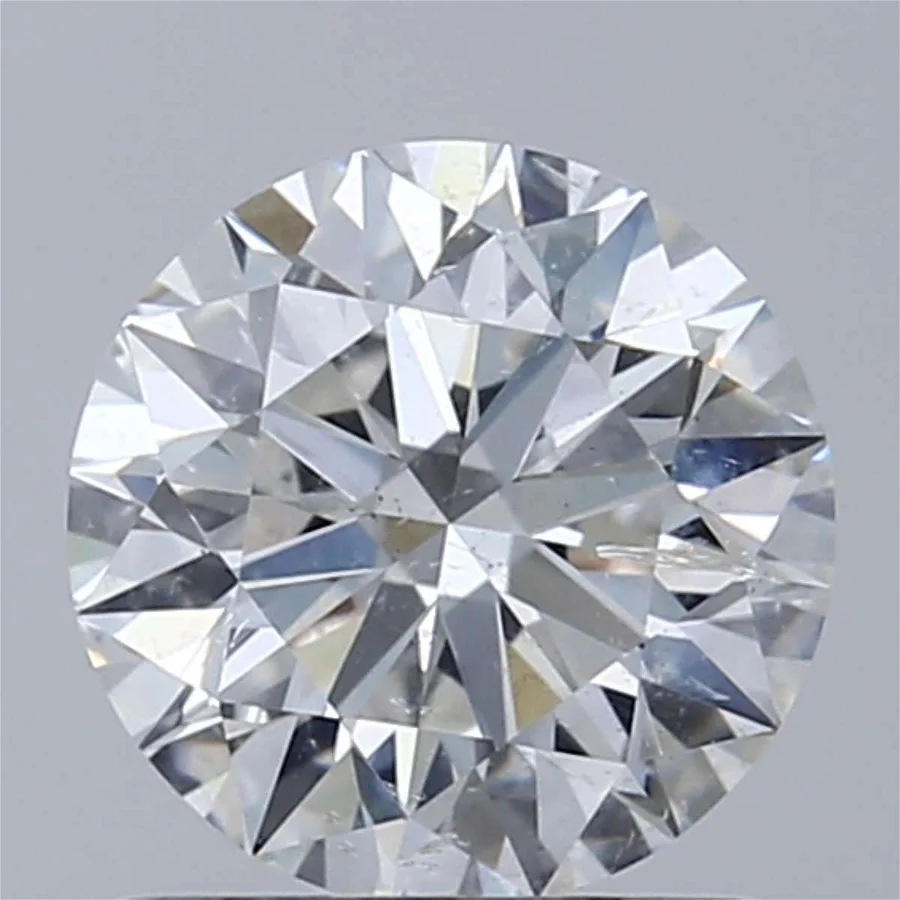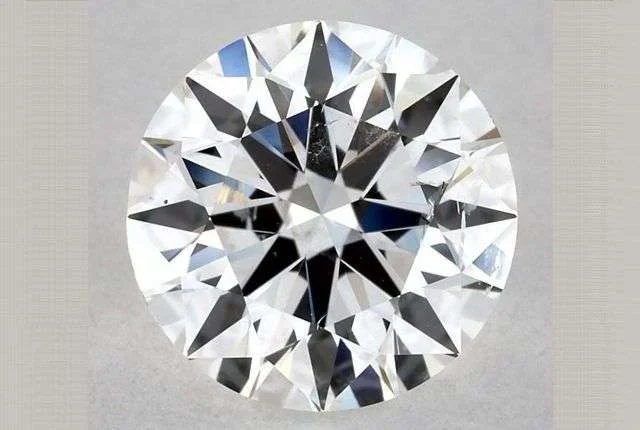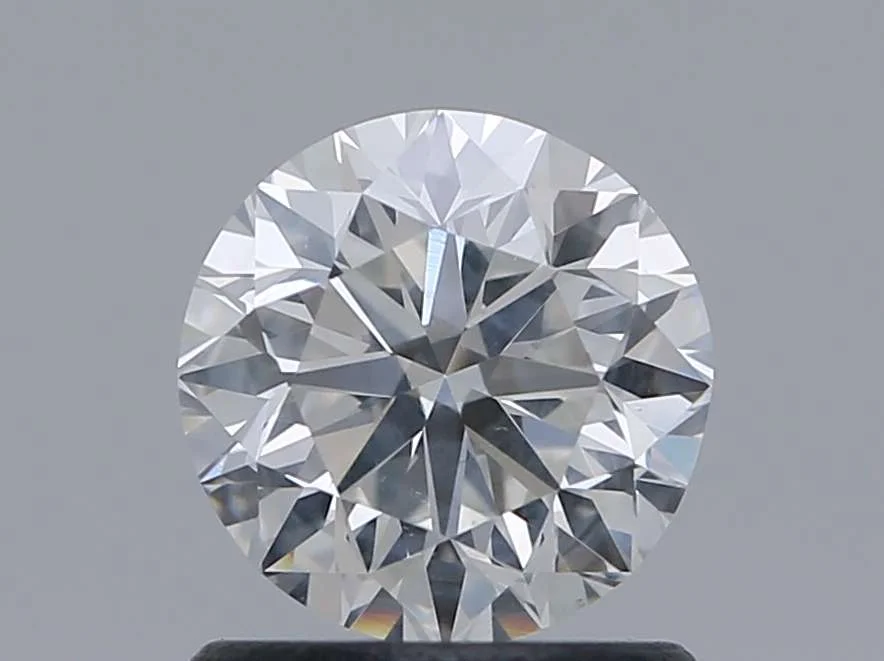November 16th 2023
SI2 Clarity Diamonds: How To Find Eye-Clean Natural Diamonds
By Bradley Gelbwaks
Finding an eye-clean SI2 diamond might seem daunting in today's market, but we're here to guide you. We'll explore what SI2 clarity is, how it impacts a diamond, which shapes best conceal inclusions, and how to choose your ideal SI2 diamond.
Let's start with a discussion about clarity and its importance. Diamonds form under extreme pressure and heat deep within the Earth, leaving behind imperfections known as Clarity Characteristics. These can take various forms, such as internal cracks (feathers), mineral crystals of different types and colors (crystals), or tiny “pinpoints” which, although individually negligible, can collectively create a cloudy effect (clouds). For more information, check out our What to Know About Clarity blog post.
Can you tell which of the diamonds below is the most included?
Click on each diamond for more details and videos
The above diamonds range from FL clarity (flawless, meaning no inclusions) to SI2 clarity (inclusions visible under 10x magnification). But while the SI2 diamond above has some obviously visible dark inclusions peppered throughout, it is possible to find a beautiful eye clean SI2 if you know what to look for (and more importantly what to avoid). We'll cover this and more in the sections below.
🛡️ Check your diamond 💎 Search 2M+ diamonds
How does Clarity affect a diamond?
Clarity characteristics impact diamonds in several ways. Firstly, they can affect appearance. The size, color and number of inclusions within a diamond may impact it's sparkle and beauty. Secondly, durability and structural integrity are at stake. Diamonds with surface-reaching imperfections are more susceptible to cracking and breaking. Features like cavities, knots, and surface-open feathers could compromise the diamond's durability. Lastly, clarity influences price. Diamonds with fewer, less noticeable inclusions tend to command a higher price. For example, the inclusions in SI1 diamonds are generally less noticeable than the inclusions found in SI2 diamonds. Meaning, an SI1 is likely to be more eye-clean and pricier.
What is SI2 Clarity?
SI2 stands for “Slightly Included 2.” You can see where this grade falls in the range of the GIA's Clarity Grading Scale below.
This grade indicates inclusions are noticeable under 10x magnification and may or may not be visible to the naked eye. Back in the day, the majority of SI2 diamonds were eye-clean. However, this is no longer the norm. While eye-clean SI2 diamonds still exist, they are rarer and more challenging to find.
The Hunt for Eye Clean
SI2 diamonds can be a real sweet spot for value. If you know what to look for, you can find beautiful diamonds online that may look better than diamonds with higher clarity grades for much less money. The toughest part about searching for an SI2 online is that you are unable to see how it looks without the high definition, closeup images that often exaggerate the severity of inclusions. This makes it difficult to capitalize on both the savings found online and the savings SI2 diamonds offer. Hopefully these tips below help you do both.
1. Avoid large black crystals
This is pretty intuitive. Large black inclusions are more noticeable than white ones. You can easily see the large black inclusion in the 1.00ct F SI2 while the 1.01ct F SI2 has inclusions that are much more difficult to see.
The 1.00ct F SI2 (left) is less eye clean than the 1.01ct F SI2 (right)
2. Seek inclusions away from the table and closer to the diamond's edge
The table is the diamond's largest facet (flat surface), so inclusions beneath it are more visible. Inclusions towards the edge of the diamond are less noticeable and sometimes can be concealed by a prong.
3. Prioritize a high cut score
A high cut score is vital as it greatly influences a diamond's sparkle. A sparkling diamond can conceal underlying inclusions, so never compromise on cut quality. This 1.01 F SI2, with a 9.0 cut score is sure to sparkle.
Above: 9.0 cut score SI2 diamond
4. Steer clear of inclusions open to the surface
Open inclusions like cavities and knots can weaken a diamond's structure, particularly in SI2 grades.
5. Beware of the wording “Clarity grade based on clouds not shown”
This dreadful phrase is used to describe diamonds that contain one giant cloud. It is a reliable indicator of a milky or hazy diamond. You can find more information on what to look out for on grading reports, check out GIA Certificates: How to read them and what to avoid. This 1.01ct F SI2 looks pretty clean for an SI2, but it is hazy and dull due to the grade-setting inclusion being a cloud that fills the entire diamond.
Above: Hazy diamond due to "Clarity grade based on clouds not shown”
6. Consider the orientation of twinning wisps and feathers
Their direction can affect their visibility. For example, a feather running vertically through the diamond will be less noticeable than one stretching horizontally. You can think of the inclusion like a knife. If you look down at the edge, all you see is a thin line. Alternatively, looking at the knife from the side you will see a large profile. This 1.01ct F SI2 is a good example of this and my guess is that it will be eye clean.
Above: Feather with a vertical cleavage plane in an SI2 diamond
Armed with this knowledge, you're ready to find your perfect SI2 diamond. And if you need a bit more guidance, StoneAlgo is here to help. Just reach out via the chat box in the bottom right corner of this page.

